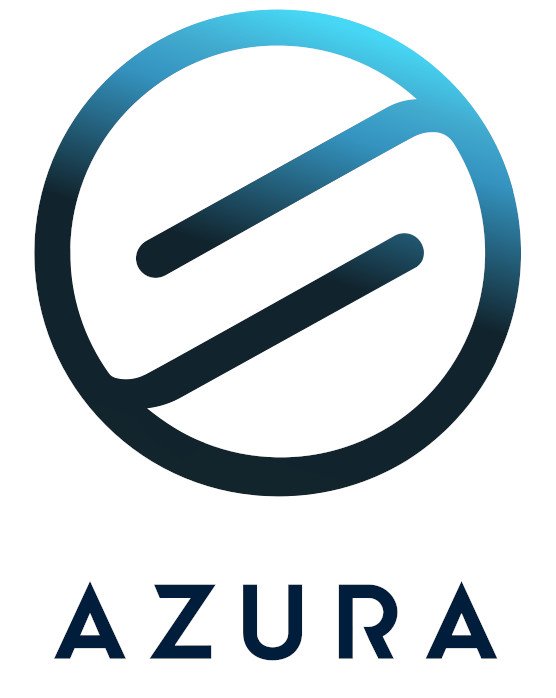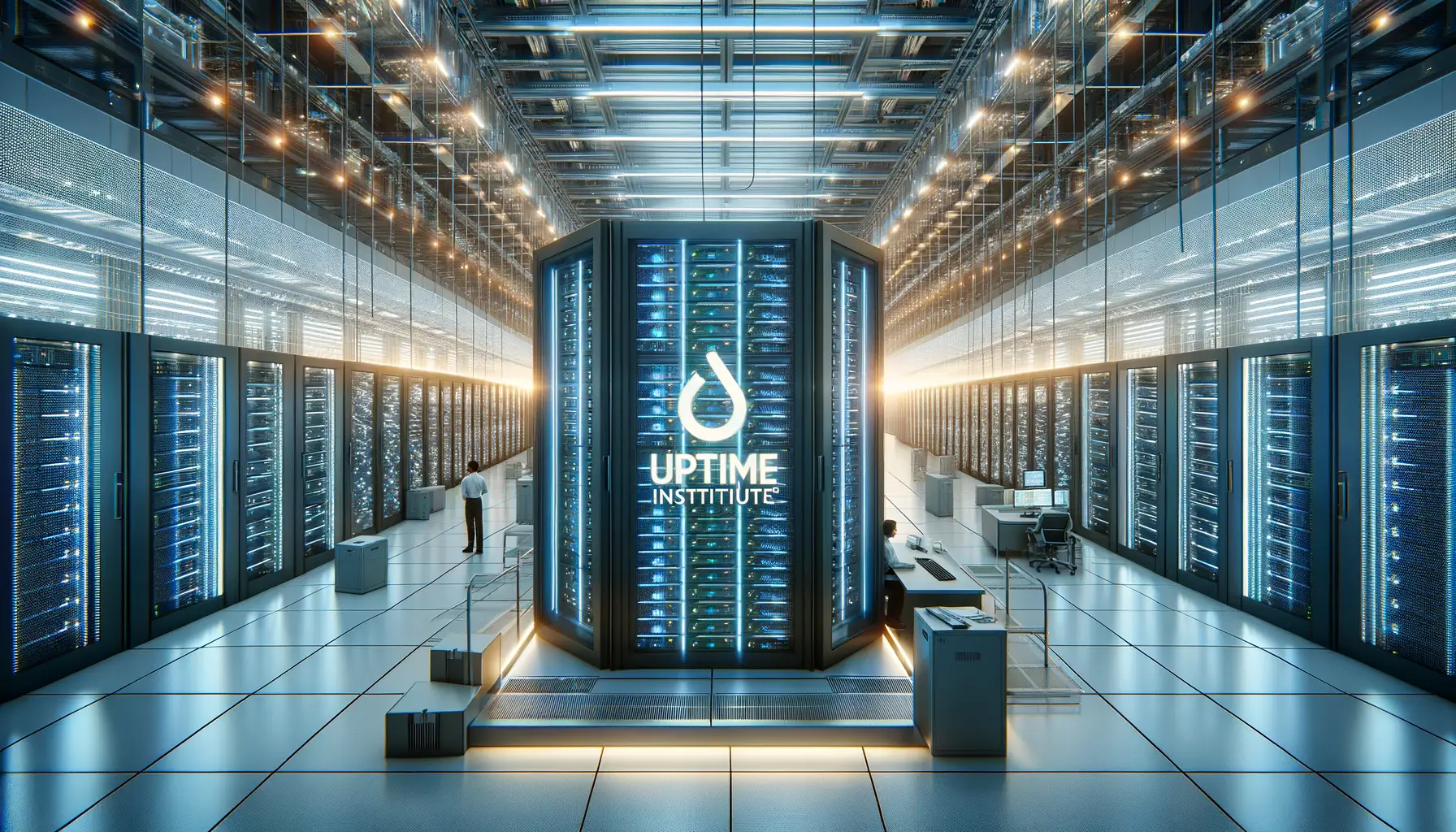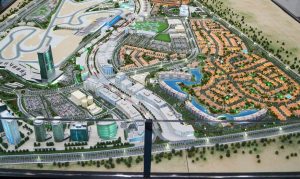In the modern digital era, the consumption and transmission of data are growing exponentially. This surge has led to a pressing need for efficient and capable transmission technologies, particularly in the Information and Communications Technology (ICT) sector, which relies heavily on high-capacity networks. Dense Wavelength Division Multiplexing (DWDM) stands out as a key solution, significantly enhancing the capacity of fiber optic networks.
What is DWDM?
DWDM is a fiber optic transmission technique that allows for the simultaneous transmission of multiple data streams across a single optical fiber by utilizing different wavelengths (or colors) of light. This method effectively multiplies the capacity of the fiber, enabling it to carry more data traffic. The technology is particularly advantageous because it can be implemented on existing fiber optic infrastructure, vastly increasing bandwidth without the need for additional cables.
The adoption of DWDM technology in fiber optic networks has become a cornerstone in the development of high-speed, high-capacity communications systems worldwide. It plays a critical role in various sectors, including telecommunications, internet services, and cloud computing, by facilitating the rapid, reliable transmission of large volumes of data over long distances. This is crucial for supporting the backbone of the internet, as well as for meeting the demands of data-intensive applications such as video streaming, online gaming, and the increasingly popular cloud-based services.
Moreover, DWDM’s ability to maximize the bandwidth of existing fiber optic cables makes it a cost-effective solution for expanding network capacity. It alleviates the need to lay new cables, which can be a costly and time-consuming process, especially in urban areas where physical space is limited or in rural areas where infrastructure is less developed.
As networks continue to evolve and the demand for data continues to grow, the importance of DWDM technology in ensuring the scalability and efficiency of fiber optic networks cannot be overstated. It represents a critical step forward in the quest to meet the ever-increasing demands of the digital age, providing a pathway to support future technological innovations and the next generation of digital services.
Benefits of DWDM
- Increased Bandwidth: DWDM significantly boosts fiber optic capacity by transmitting multiple data streams at different wavelengths.
- Efficient Use of Existing Infrastructure: This technology can be implemented on existing fiber optic cables, increasing capacity without additional infrastructure costs.
- Cost-Effective: By leveraging current cables, DWDM avoids the costs and complexities of installing new ones.
Enhancing Infrastructure Design
DWDM is pivotal in the design of modern data infrastructure:
- Scalability: DWDM’s ability to multiply the capacity of existing fiber optic cables allows for seamless scalability of data transmission infrastructure. This is crucial for meeting the growing demands of data-intensive applications without the need for extensive new infrastructure.
- Cost-Effectiveness: The technology’s reliance on existing cables reduces the need for new installations, minimizing costs and simplifying the infrastructure design process.
- Reliability: By facilitating multiple data streams over a single fiber, DWDM helps build robust communication systems. This reliability is essential for applications requiring uninterrupted data transfer, such as emergency response systems and financial networks.
Elevate Your Network and Unleash the Power of DWDM
City-Wide Planning
DWDM’s impact extends beyond individual infrastructure projects, influencing city-wide planning initiatives:
- Urban Networks: In densely populated cities, DWDM allows for increased bandwidth without the need for additional cables. This makes it easier to implement and expand high-capacity networks, supporting everything from internet services to public transportation systems.
- Rural Expansion: For regions with less developed infrastructure, DWDM offers a viable option to expand network capacity without extensive new cabling. This is particularly relevant for city planning efforts aimed at bridging the digital divide and ensuring equitable access to high-speed data services.
- Public Services: DWDM’s high-capacity networks can support city-wide initiatives, including e-governance platforms, educational services, and healthcare systems, ensuring efficient and reliable delivery of public services.

Smart Cities and the Future
DWDM plays a crucial role in the design of smart cities, where technology-driven solutions enhance urban living:
- IoT Integration: Smart cities rely heavily on the Internet of Things (IoT), connecting various devices and systems. DWDM provides the high-capacity networks needed to support this integration, allowing for real-time monitoring and control of traffic lights, utilities, and more.
- Data-Driven Decision Making: The vast data generated by smart city systems requires robust transmission and storage solutions. DWDM’s ability to carry multiple data streams over a single fiber supports the rapid exchange and analysis of this data, aiding in informed decision-making for city management.
- Future-Ready Infrastructure: As technology advances, DWDM’s scalable nature ensures that smart cities remain adaptable to new developments. This adaptability supports the implementation of emerging technologies, from AI-driven services to advanced communication systems.
Expertise in DWDM for Infrastructure Projects
Azura Consultancy specializes in leveraging Dense Wavelength Division Multiplexing (DWDM) technology to design and implement key telecommunication infrastructure projects. Our expertise helps organizations build robust, high-capacity networks to support various sectors, including telecommunications, internet services, and cloud computing. Below are key ways Azura Consultancy can assist with these projects.
Project Planning and Design
Needs Assessment
- Project Scope: We begin by assessing the specific requirements of the project, including data capacity, transmission distance, and network scalability needs.
- Infrastructure Evaluation: Our team evaluates the existing infrastructure, determining how DWDM technology can be integrated or if new components are necessary.
Custom Network Design
- Capacity Planning: We design networks to accommodate current and future data demands, utilizing DWDM to ensure high bandwidth and scalability.
- Component Selection: Our team carefully selects DWDM components, including transponders, multiplexers, and amplifiers, to ensure the network’s efficiency and reliability.
Implementation and Integration
Seamless Installation
- Component Setup: We oversee the installation of DWDM components, ensuring they function seamlessly with existing infrastructure.
- System Integration: Our team integrates DWDM networks with existing systems, from routers to servers, ensuring smooth data transmission.
Testing and Optimization
- Signal Testing: We perform comprehensive testing to ensure optimal signal strength and minimal attenuation over long distances.
- Performance Optimization: Our team fine-tunes the network, adjusting components to maximize bandwidth and minimize latency.
Conclusion
For organizations looking to adopt this technology to enhance their project’s data transmission capabilities, consulting with experts who understand the nuances and potential of DWDM can be invaluable. Our team offers deep insights and practical expertise in leveraging DWDM technology to meet the specific needs of your projects, ensuring optimal performance and future scalability.
FAQ on DWDM
Dense Wavelength Division Multiplexing (DWDM) is a fiber optic transmission technique that enables the simultaneous transmission of multiple data streams over a single optical fiber. It achieves this by using different wavelengths (or colors) of light, effectively multiplying the fiber’s capacity. This technology is integral to modern communication networks, allowing for high-capacity and long-distance data transmission.
In networking, DWDM technology plays a crucial role in the design and operation of high-capacity fiber optic networks. It enables multiple data streams to travel simultaneously over a single fiber, making it possible to increase bandwidth without additional cabling. DWDM networks are essential for supporting various sectors, including telecommunications, internet services, and cloud computing, by facilitating rapid and reliable data transmission over long distances.
DWDM technology refers to the specific set of techniques and components used to implement Dense Wavelength Division Multiplexing. This includes:
- Transponders: Converting electrical signals into optical signals.
- Multiplexers/Demultiplexers: Combining multiple optical signals into a single composite signal for transmission and separating it back into individual signals at the receiving end.
- Optical Amplifiers: Boosting the signal’s strength to counteract attenuation over long distances.
- OADMs: Adding or dropping specific wavelengths (channels) at intermediate points.
- Terminal Equipment: Devices that send and receive data streams over the DWDM network.
DWDM stands for Dense Wavelength Division Multiplexing. This technology uses closely spaced wavelengths of light to transmit multiple data streams over a single optical fiber, increasing the fiber’s capacity significantly.
CWDM (Coarse Wavelength Division Multiplexing) and DWDM (Dense Wavelength Division Multiplexing) are both fiber optic transmission techniques, but they differ in the following ways:
- Channel Density: CWDM supports fewer channels with wider wavelength spacing between them, while DWDM offers higher channel density with closer wavelength spacing.
- Transmission Distance: DWDM is designed for long-distance transmission, often incorporating optical amplifiers to maintain signal strength. CWDM is generally suited for shorter-distance transmission, such as metropolitan area networks.
- Bandwidth: DWDM provides significantly higher bandwidth compared to CWDM, making it essential for supporting high-capacity networks and data-intensive applications.
- Transponders: Convert the incoming electrical signals into optical signals that can be transmitted over the fiber optic network. They also perform the reverse function, converting optical signals back into electrical ones.
- Multiplexers/Demultiplexers: The multiplexer combines multiple optical signals into a single composite signal for transmission over a single fiber. The demultiplexer separates the composite signal back into its individual optical signals at the receiving end.
- Optical Amplifiers: Boost the optical signal’s strength to counteract attenuation (signal loss) over long distances, ensuring the data stream remains strong and reliable throughout the network.
- Optical Add-Drop Multiplexers (OADM): Allow specific wavelengths (or channels) to be added or dropped from the composite signal at intermediate points along the transmission path. This feature is essential for routing and managing network traffic.
- Terminal Equipment: Devices such as routers, switches, and servers that send and receive data streams over the DWDM network. These devices are critical in ensuring the seamless integration of DWDM technology into the broader network infrastructure.
DWDM networks primarily use single-mode fiber (SMF), designed to carry a single mode of light. SMF is ideal for long-distance transmission and high-capacity networks due to its low attenuation and minimal signal dispersion, making it well-suited for DWDM applications.
Wavelength Division Multiplexing (WDM) and Dense Wavelength Division Multiplexing (DWDM) are both fiber optic transmission techniques, but they differ in the following ways:
- Channel Density: WDM systems typically support fewer channels, with wider wavelength spacing between them. In contrast, DWDM systems offer a higher channel density, allowing for many more data streams to transmit simultaneously, thanks to closer wavelength spacing.
- Transmission Distance: DWDM systems are designed for long-distance transmission, often incorporating optical amplifiers to maintain signal strength. WDM systems, on the other hand, are generally suited for shorter-distance transmission, such as metropolitan area networks.
- Bandwidth: DWDM offers significantly higher bandwidth compared to traditional WDM systems, making it a crucial solution for high-capacity networks. This increased bandwidth supports data-intensive applications, such as cloud computing, video streaming, and other digital services.


















